�
Elements of 1
�
X H O I V I S O I SI
*
—
S O U T H - W E S T E RN
Elements of Forecasting, Fourth Edition
Francis X. Diebold
Content Project Manager:
ElyciaArendt
Art Director:
Michelle Kunkler
Manager of Technology, Editorial:
John Barans
Cover Designer:
Craig Ramsdell, Ramsdell Design
Technology Project Manager:
Dana Cowden
Cover Image:
© Getty Images, Inc.
Sr. Manufacturing Coordinator:
Sandee Milewski
Printer:
Thomson/West
Production House:
Interactive Composition Corporation
VP/Editorial Director:
Jack W. Calhoun
VP/Editor-in-Chief:
Alex von Rosenberg
Sr. Acquisitions Editor:
Mike Worls
Developmental Editor:
Leslie Kauffman, LEAP
Marketing Manager:
Jenny Garamy
Editorial Assistant:
Jessica Hartman
COPYRIGHT © 2007, 2004
Thomson South-Western, a part of The
Thomson Corporation. Thomson, the
Star logo, and South-Western are
trademarks used herein under license.
Printed in the United States of America
3 4 5 09 08 07
ISBN-13: 978-0-324-32359-7 (package)
ISBN-10: 0-324-32359-X (package)
ISBN-13: 978-0-324-35904-6 (book only)
ISBN-10: 0-324-35904-7 (book only)
ALL RIGHTS RESERVED.
No part of this work covered by the
copyright hereon may be reproduced or
used in any form or by any means—
graphic, electronic, or mechanical,
including photocopying, recording,
taping, Web distribution or information
storage and retrieval systems, or in any
other manner—without the written
permission of the publisher.
For permission to use material from this
text or product, submit a request online
at http://www.thomsonrights.com.
Library of Congress Control Number:
2006909336
For more information about our
products, contact us at:
Thomson Learning Academic
Resource Center
1-800-423-0563
Thomson Higher Education
5191 Natorp Boulevard
Mason, OH 45040
USA
THE LIBRARY
UNIVERSITY OF GUELWf
�
To Lawrence Klein, Marc Nerlove, and Peter Pauly,
who taught me forecasting.
�
Most good texts arise from the desire to leave one's stamp on a discipline by
training future generations of students, coupled with the recognition that ex
isting texts are inadequate in various respects. My motivation is no different.
There is a real need for a concise and modern introductory forecasting text.
A number of features distinguish this book. First, although it uses only ele
mentary mathematics, it conveys a strong feel for the important advances
made since the work of Box and Jenkins more than 30 years ago. In addition
to standard models of trend, seasonality, and cycles, it touches—sometimes
extensively—upon topics such as
data mining and in-sample overfitting
statistical graphics and exploratory data analysis
•
•
• model selection criteria
•
•
•
•
•
recursive techniques for diagnosing structural change
nonlinear models, including neural networks
regime-switching models
unit roots and stochastic trends
smoothing techniques in their relation to stochastic-trend unobserved-
components models
vector autoregressions
cointegration and error correction
predictive causality
forecast evaluation and combination
simulation and simulation-based methods
volatility measurement, modeling, and forecasting
•
•
•
•
•
•
�
Preface
v
Much of that material appears in the "Exercises, Problems, and Comple
ments" following each chapter, which form an integral part of the book.
The Exercises, Problems, and Complements are organized so that instruc
tors and students can pick and choose according to their backgrounds and
interests.
Second, the book does not attempt to be exhaustive in coverage. In fact,
techniques
the coverage is intentionally selective, focusing on the core
with the widest applicability. The book is designed so that it can be covered re
alistically in a one-semester course. Core material appears in the main text,
and additional material that expands on the depth and breadth of coverage is
provided in the Exercises, Problems, and Complements, as well as the Biblio
graphical and Computational Notes, at the end of each chapter.
Third, the book is applications-oriented. It illustrates all methods with de
tailed real-world applications designed to mimic typical forecasting situations.
In many chapters, the application is the centerpiece of the presentation. In
various places, the book uses applications not simply to illustrate the methods
but also to drive home an important lesson, the limitations of forecasting, by
presenting truly realistic examples in which not everything works perfectly!
Fourth, the book is in touch with modern modeling and forecasting
software. It uses Eviews, which is a good modern computing environment for
forecasting, throughout. At the same time, I am not a software salesman, so
the discussion is not wed to any particular software. Students and instructors
can use whatever computing environment they like best.
The book has found wide use among students in a variety of fields, includ
ing business, finance, economics, public policy, statistics, and even engineer
ing. The book is directly accessible at the undergraduate and master's levels;
the only prerequisite is an introductory statistics course that includes linear re
gression. To help refresh students' memories, Chapter 2 reviews linear regres
sion from a forecasting perspective. The book is also of interest to those with
more advanced preparation, because of the hard-to-find direct focus on fore
casting (as opposed, for example, to general statistics, econometrics, or time
series analysis). I have used it successfully for many years as the primary text in
my undergraduate forecasting course, as a background text for various other
undergraduate and graduate courses, and as the primary text for master's-
level Executive Education courses given to professionals in business, finance,
economics, and government.
SUPPLEMENTS
Data Sets and Eviews Programs
Selected data and Eviews programs, as used both in the text chapters and in
the Exercises, Problems, and Complements at the end of each chapter, are
available on the text Web site at www.thomsonedu.com/economics/diebold.
�
VI
Preface
Text Web Site
The text Web site at www.thomsonedu.com/economics/diebold provides
teaching resources, including the solutions manual for instructors; learning
resources, including data sets and Eviews programs; and many more features.
Solutions Manual
Prepared by Francis Diebold, University of Pennsylvania, the solutions manual
contains remarks, suggestions, hints, and solutions for many of the end-of-
chapter exercises, problems, and complements. It is available on the text
Web site and may be downloaded for use by adopting instructors.
Eviews Software
Upon the instructor's request, Eviews Student Version can be bundled with
the text. With Eviews, students can do homework anywhere they have access
to a PC. For more information on this special Eviews offer, contact your
Thomson South-Western representative or call the Academic Resource Center
at 1-800-423-0563.
Economic Applications
Economic Applications includes South-Western's dynamic Web features:
EconNews, EconDebate, and EconData Online. Organized by pertinent eco
nomic topics and searchable by topic or feature, these features are easy to
integrate into the classroom. EconNews, EconDebate, and EconData all
deepen students' understanding of theoretical concepts through hands-on ex
ploration and analysis for the latest economic news stories, policy debates, and
data. These features are updated on a regular basis. For more information,
visit www. thomsonedu.com.
InfoTrac
With InfoTrac College Edition, students can receive anytime, anywhere online
access to a database of full-text articles from thousands of popular and schol
arly periodicals, such as Newsweek, Fortune, and Nation's Business, among others.
InfoTrac is a great wav to expose students to online research techniques, with
the security that the content is academically based and reliable. For more in
formation, visit w\w\.thomsonedu.com.
You can start using many of these resources right away by following the di
rections on the access card that came with the purchase of a new book. Get
started todav at wsw.thomsonedu.com!
�
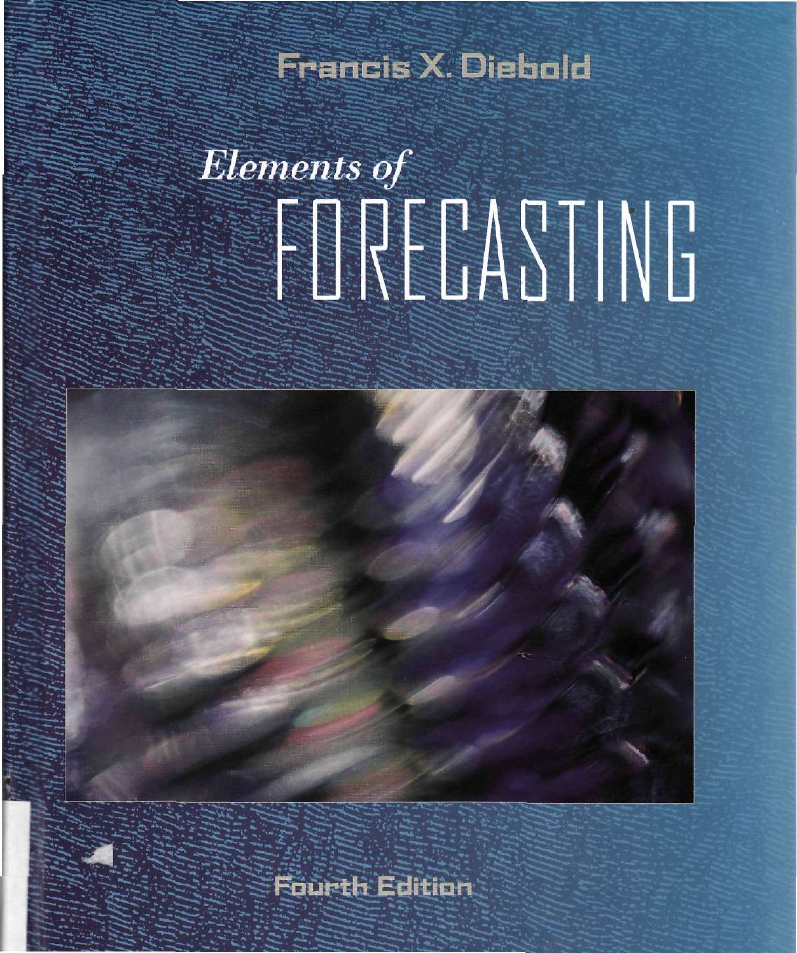
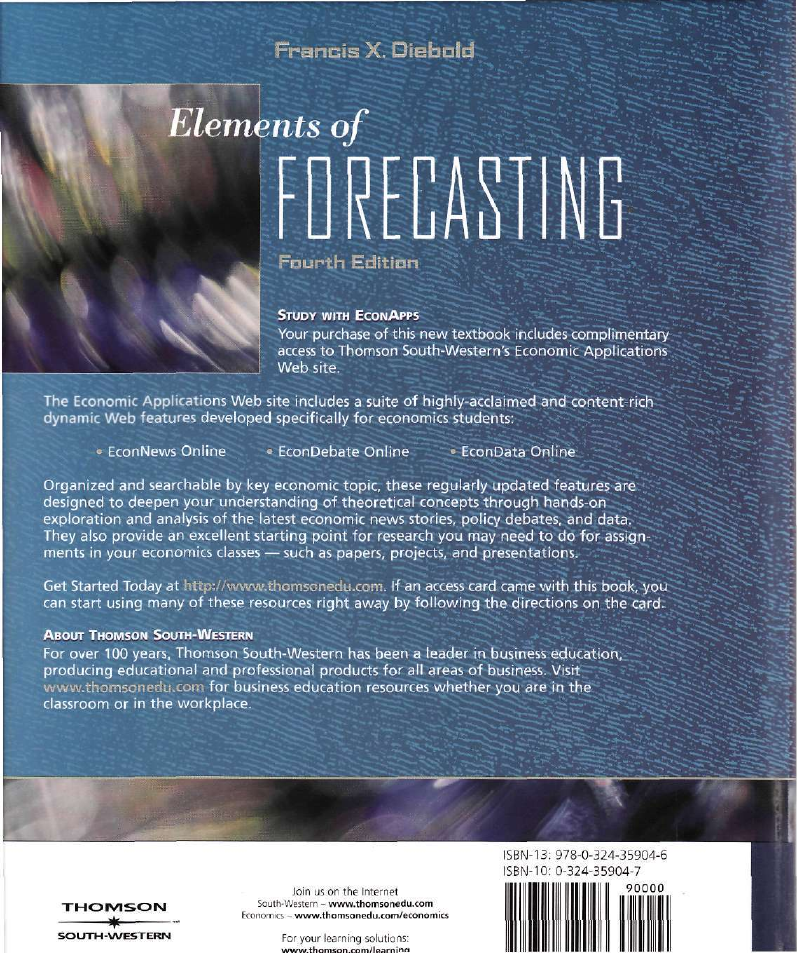
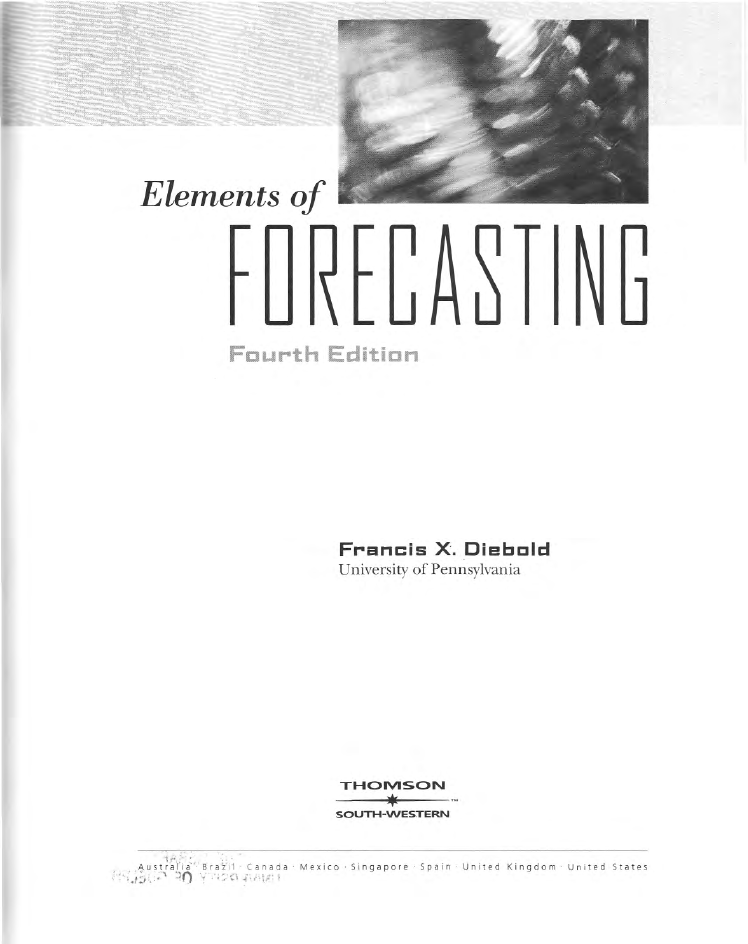
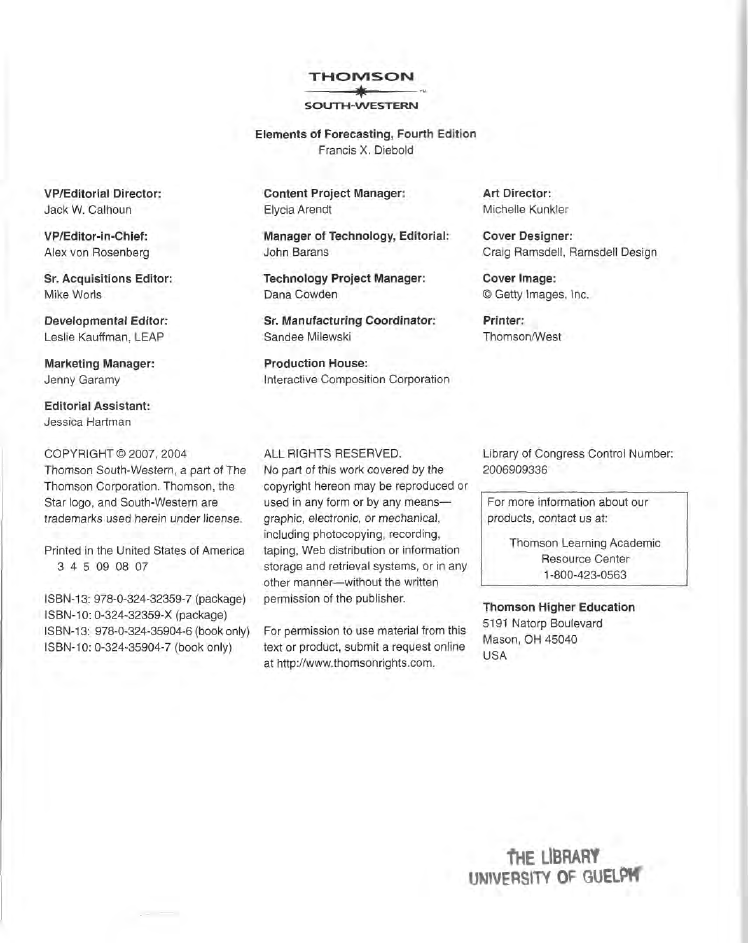
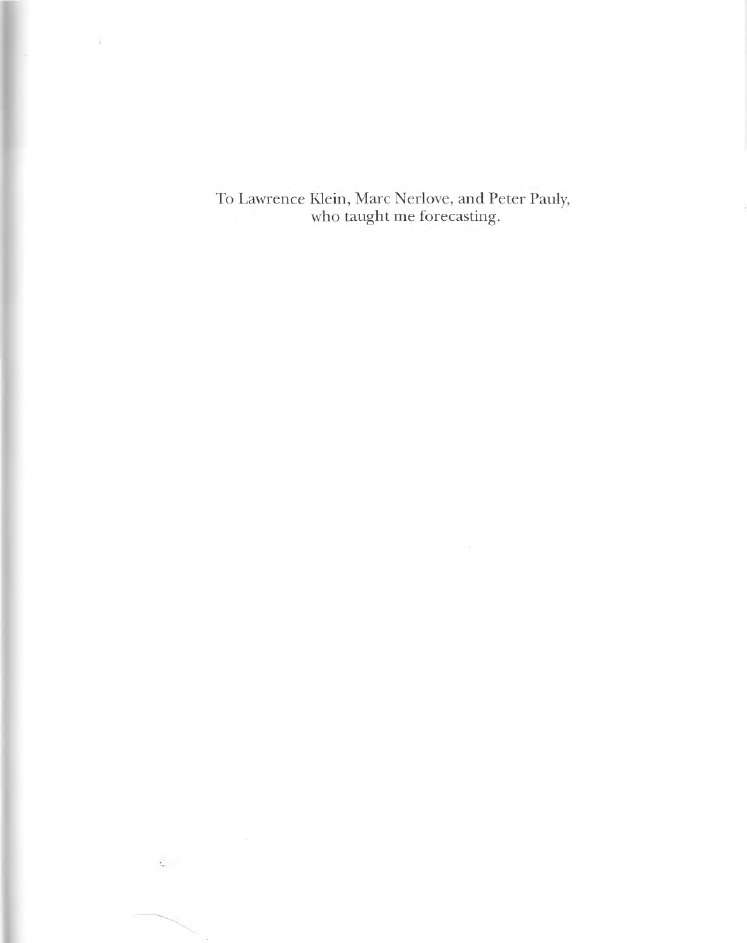
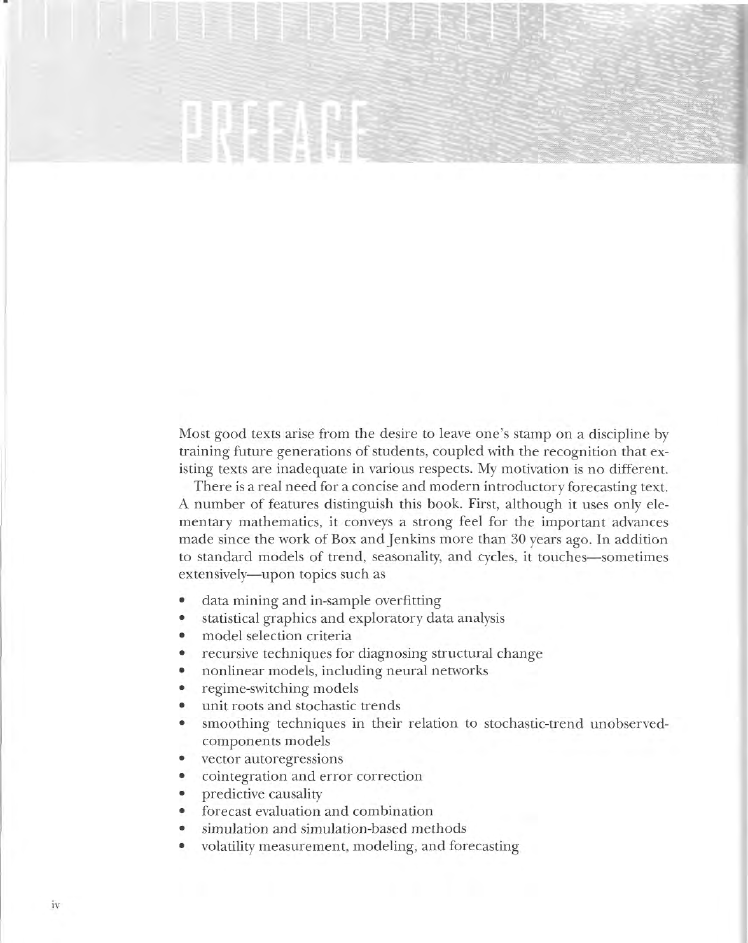










 2023年江西萍乡中考道德与法治真题及答案.doc
2023年江西萍乡中考道德与法治真题及答案.doc 2012年重庆南川中考生物真题及答案.doc
2012年重庆南川中考生物真题及答案.doc 2013年江西师范大学地理学综合及文艺理论基础考研真题.doc
2013年江西师范大学地理学综合及文艺理论基础考研真题.doc 2020年四川甘孜小升初语文真题及答案I卷.doc
2020年四川甘孜小升初语文真题及答案I卷.doc 2020年注册岩土工程师专业基础考试真题及答案.doc
2020年注册岩土工程师专业基础考试真题及答案.doc 2023-2024学年福建省厦门市九年级上学期数学月考试题及答案.doc
2023-2024学年福建省厦门市九年级上学期数学月考试题及答案.doc 2021-2022学年辽宁省沈阳市大东区九年级上学期语文期末试题及答案.doc
2021-2022学年辽宁省沈阳市大东区九年级上学期语文期末试题及答案.doc 2022-2023学年北京东城区初三第一学期物理期末试卷及答案.doc
2022-2023学年北京东城区初三第一学期物理期末试卷及答案.doc 2018上半年江西教师资格初中地理学科知识与教学能力真题及答案.doc
2018上半年江西教师资格初中地理学科知识与教学能力真题及答案.doc 2012年河北国家公务员申论考试真题及答案-省级.doc
2012年河北国家公务员申论考试真题及答案-省级.doc 2020-2021学年江苏省扬州市江都区邵樊片九年级上学期数学第一次质量检测试题及答案.doc
2020-2021学年江苏省扬州市江都区邵樊片九年级上学期数学第一次质量检测试题及答案.doc 2022下半年黑龙江教师资格证中学综合素质真题及答案.doc
2022下半年黑龙江教师资格证中学综合素质真题及答案.doc